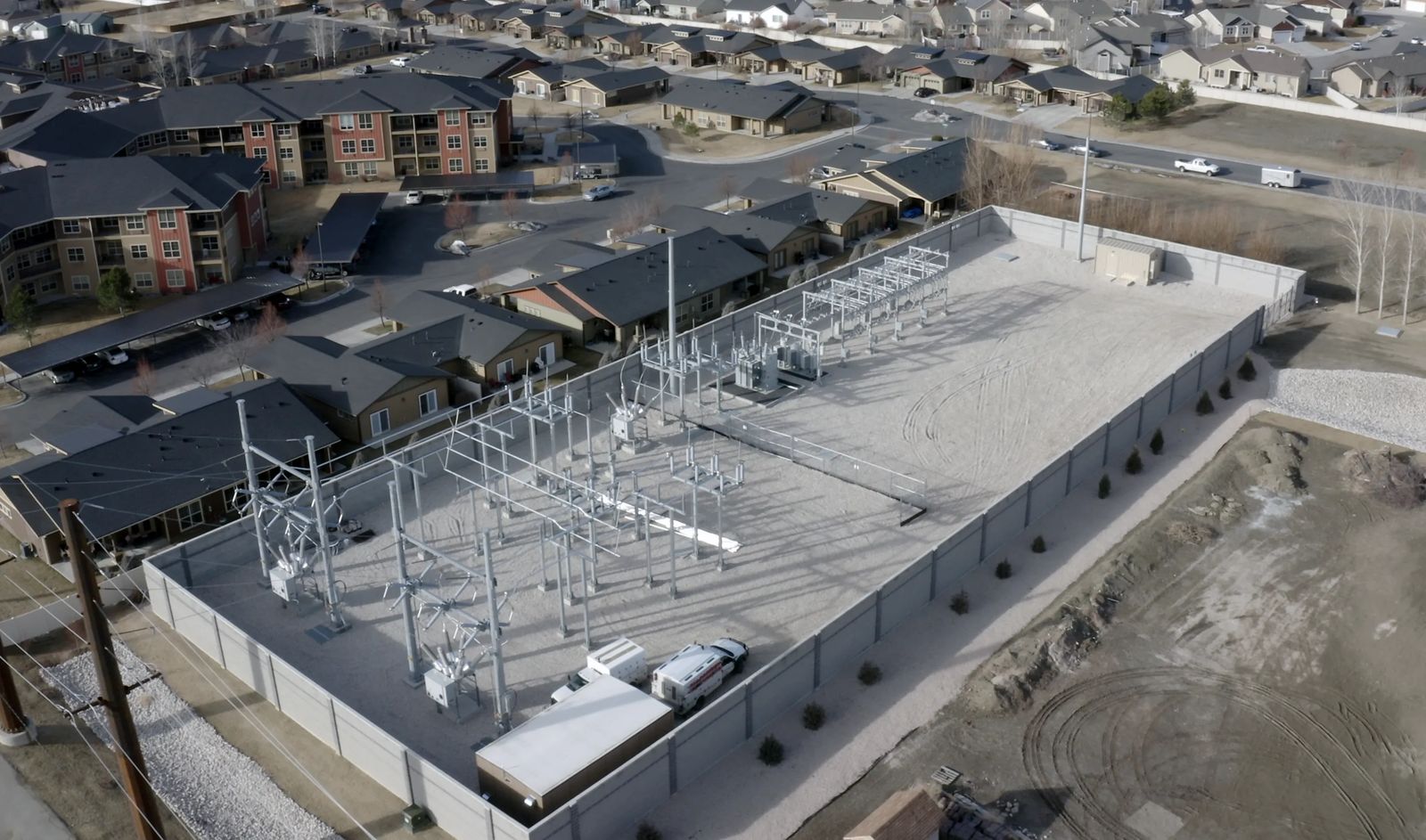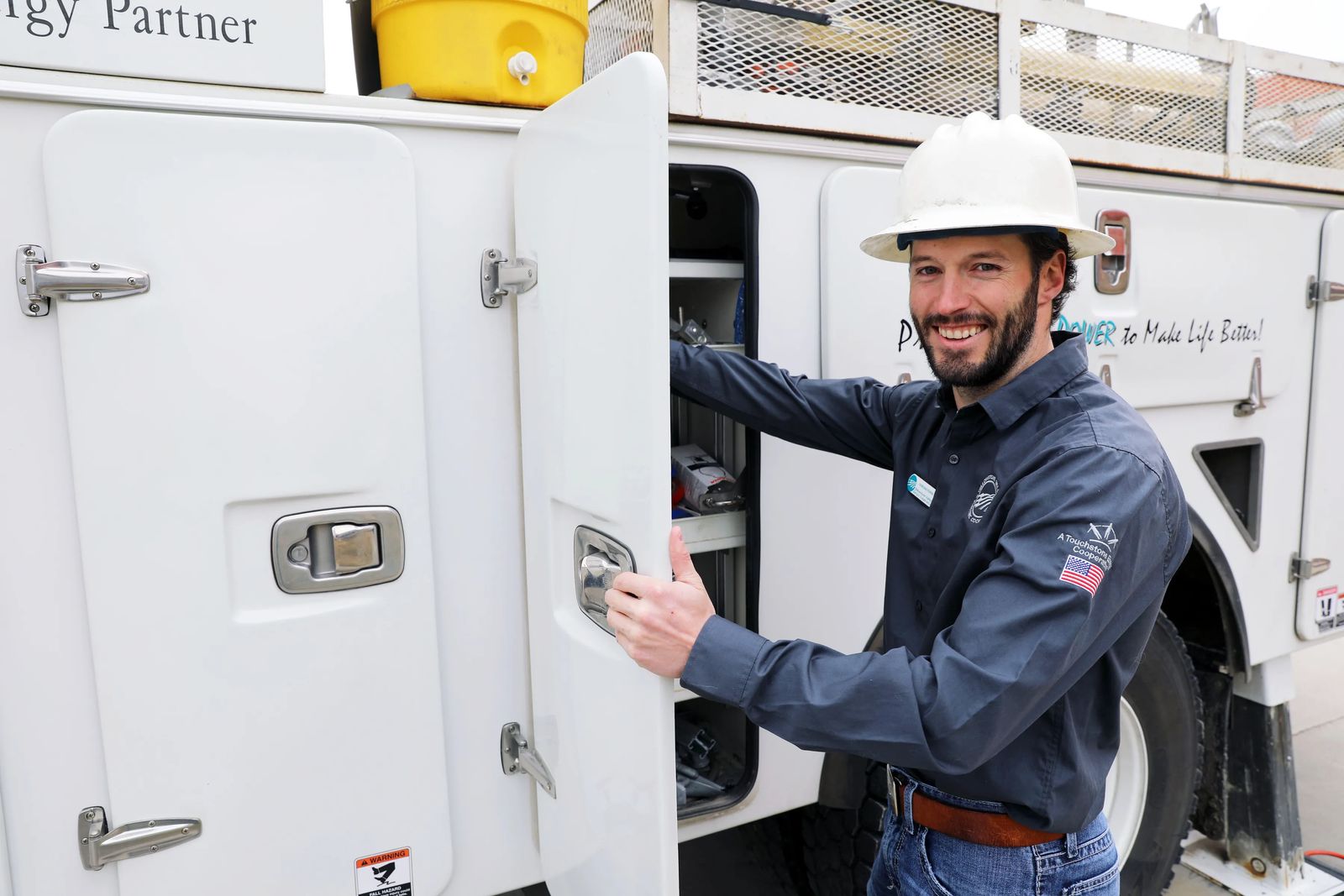
The Resiliency of our Electrical Grid
With National Outages, Should We Worry?
Yellowstone Valley Electric Cooperative
In the wake of multiple news stories regarding California and their Governor’s constant plea for residents to conserve electricity, resiliency of the grid is one of the more popular concepts being talked about in the electrical industry today. This concept also made headlines in the wake of Hurricanes Irma and Maria, which caused extraordinary damage to Puerto Rico’s electric grid, resulting in the longest sustained outage in United States history. Lack of resilience became the go-to phrase to describe Puerto Rico’s grid. Here in Montana, should we worry about our grid?
Resiliency is many things – it is the reliability of your service, it’s the ability to efficiently restore your power in the event of a loss, it’s being able to meet the demands of new technology and it is how you are served with various sources of power generation. Ultimately, resilience is being able to provide reliable, affordable power.
When it comes to having a resilient electric grid, it begins with a system that is designed and built to withstand high winds, powerful storms, cybersecurity threats and many other disruptions that could result in power outages. A resilient grid is also flexible and adaptable by allowing different types of generation – such as wind, coal, solar, natural gas and hydro to seamlessly work together to provide you with safe and reliable electricity. The way our local electric system reacts to our growth, the advancements in technology and the always increasing need for more power, all factor into the resilience of Yellowstone Valley Electric Cooperative’s grid.
Resiliency is a 24/7, 365-days-a-year task. Whether it’s the power lines, substations, or generation on our grid, it takes proactive maintenance and proactive investment in upgrades to keep the entire system running smoothly. YVEC, over its last three construction work plans, which spans the last 12 years, has invested about $45 million in substation upgrades, main feeder line re-conductors and new transmission line feeds. Our new work plan, which was reviewed and approved by the Board of Trustees in August, is four years and $26M. This has positioned us well for our continued growth and has also dramatically increased the integrity of our system.

With thousands of consumers out of power for months in Puerto Rico, the lack of resiliency was not caused solely by hurricane damage. Yes, obviously the hurricane was the major contributing factor, but the years of neglect in taking care of their system and the lack of preparation for a worst-case scenario, has vastly exacerbated the problems in Puerto Rico.
In a similar way to how we maintain our vehicles with regular oil changes, inspections and tire rotations, a grid must also be properly maintained. Throughout the year, YVEC regularly conducts pole and line inspections, inspects substations and changes out old or aging hardware. Our goal is to find a problem and fi x it before it becomes one.
For example, if we find a weak pole due to age or damage, we do not try to come up with a way to reinforce that pole, we simply replace it. Doing so ensures that pole is strong – or as resilient – as it can be.
Living in Montana, we know that significant power outages can occur, especially in summer storm season and winter conditions. Whether we are at the mercy of thunderstorms or blizzards, we have confidence in the resiliency of our system to recover from the situation with as little disruption as possible.
In the dictionary, resilience is defined as “the ability to bounce back, recover quickly and go back into shape after being stretched.” When it comes to providing our members with resilient service, that is what we work toward, day in and day out.









